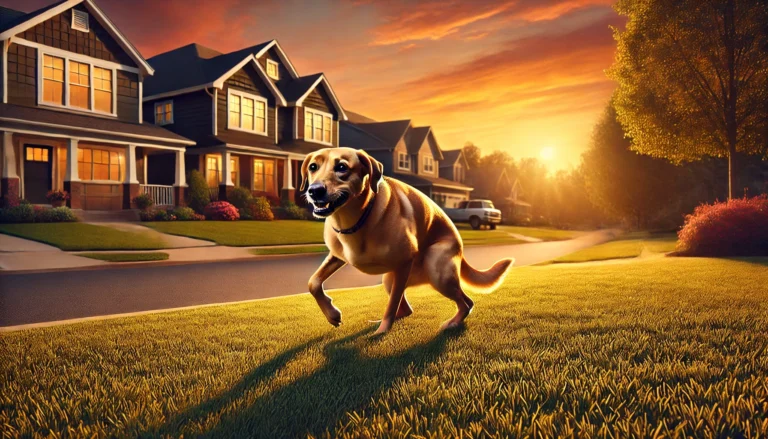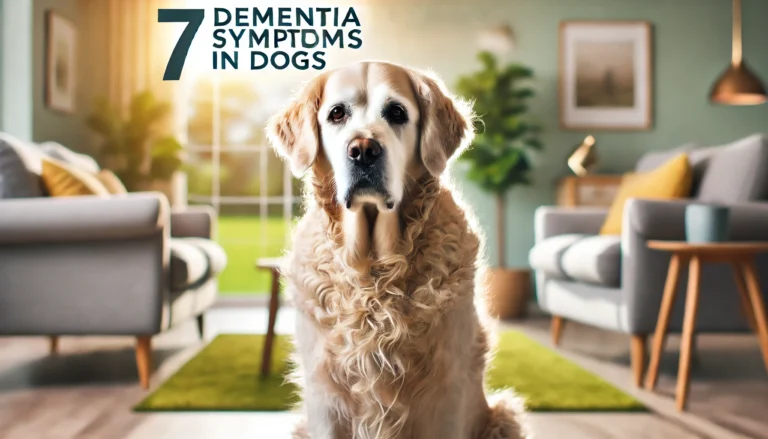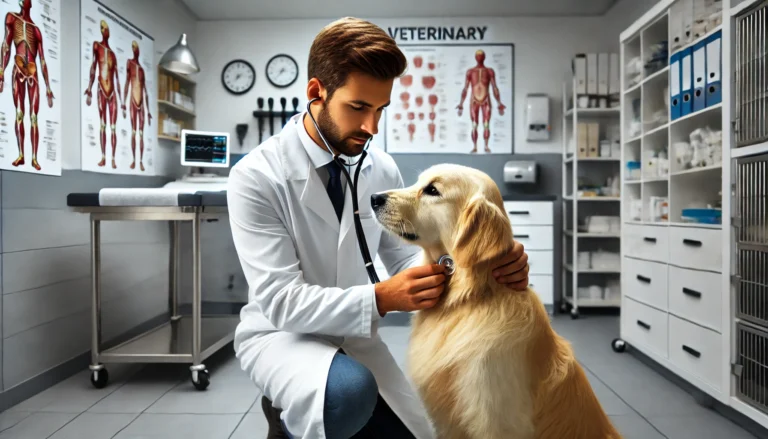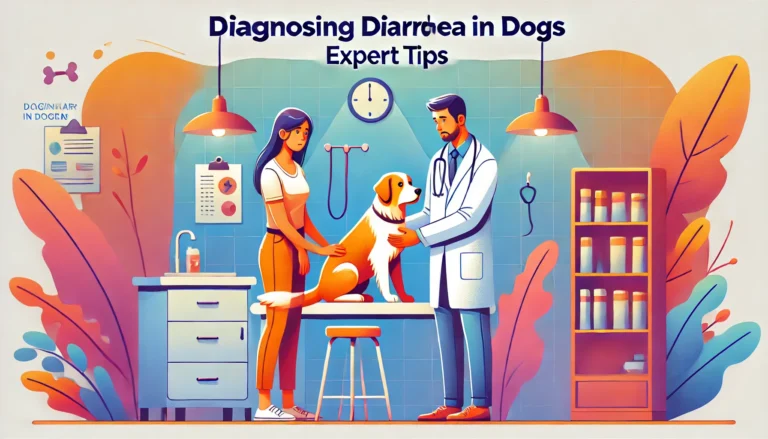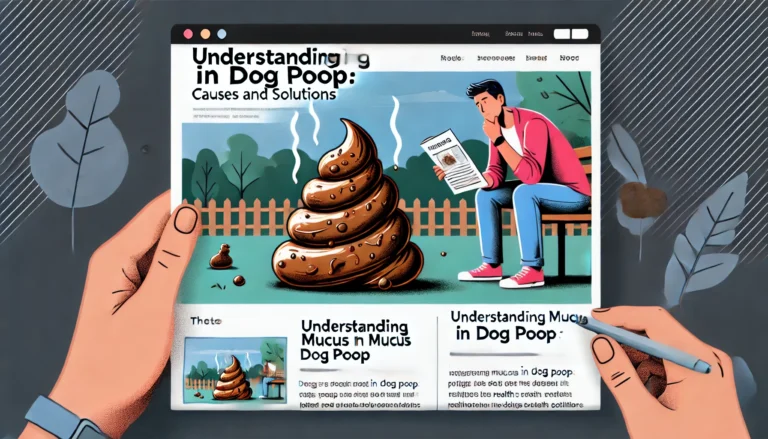Lumps, Bumps, and Cysts on Dogs

When it comes to your dog’s health, discovering lumps, bumps, or cysts on their skin can be worrying. Understanding what these growths could be, how they are diagnosed, and how they can be treated helps in effectively managing your dog’s health.

Types of Lumps and Bumps on a Dog’s Skin
Dogs can develop various types of skin growths, some of which are harmless, while others may be signs of a more serious condition. Here’s a brief overview:
Benign Tumors
Benign tumors are non-cancerous and are not life-threatening. Common types include:
- Lipomas: Soft, fatty lumps under the skin.
- Histiocytomas: Smooth, red bumps typically found on the legs.
- Sebaceous cysts: Often resulting from blocked oil glands.
- Papillomas: Wart-like growths caused by a virus.
Malignant Tumors
Malignant tumors are cancerous and can be life-threatening if not treated promptly. Types include:
- Mast Cell Tumors: These can appear small and benign but are dangerous.
- Melanomas: Typically dark-colored and found in areas with minimal hair.
- Squamous Cell Carcinomas: Often found on the belly or around the nails.
Diagnosing Lumps and Bumps
Veterinarians typically use a combination of physical exams, biopsies, or needle aspirates to diagnose the type of growth. For example, a lump on a dog’s leg or a bump on a dog’s head might be sampled through fine-needle aspiration to determine its nature.
| Type | Description | Common Locations | Treatment Options |
| Lipoma | Soft, fatty non-cancerous tumor | Under the skin | Monitoring, sometimes surgical removal |
| Histiocytoma | Benign, fast-growing tumor, common in younger dogs | Legs, body | Often regress spontaneously, surgical removal if persistent |
| Sebaceous Cysts | Clogged oil glands | Anywhere on the body | Draining, surgical removal |
| Papillomas | Wart-like growth caused by a virus | Mouth, paws | Usually regress on their own, removal if problematic |
| Mast Cell Tumors | Potentially malignant, variable appearance | Anywhere, often skin | Surgical removal, chemotherapy, radiation |
| Melanomas | Can be benign or malignant, pigmented or non-pigmented | Mouth, feet, under the fur | Surgical removal, possibly chemotherapy |
Treatment for Dog Lumps, Bumps, and Cysts
Treatment varies based on the diagnosis:
- Surgical Removal: Often recommended for malignant tumors or large benign tumors causing discomfort.
- Medication: Some conditions, like small benign lumps or inflammatory reactions, may be managed with medication.
- Monitoring: Regular monitoring may be suggested for small, benign lumps that do not affect the dog’s quality of life.
| Diagnostic Method | Purpose | Description |
| Physical Examination | Initial assessment | Veterinarian examines the lump’s size, shape, and texture |
| Fine-Needle Aspiration | Cell sample collection | A needle is used to extract cells for cytology |
| Biopsy | Confirmatory test | A tissue sample is removed and examined histologically |
| Imaging (X-rays, Ultrasound) | Check for spread to other areas | Helps in staging if cancer is suspected |
Skin Lumps, Bumps, and Cysts on Dogs FAQs
Why does my dog have lumps on his skin all of a sudden?
Sudden lumps can be due to infections, allergic reactions, or even insect bites which can appear as red bumps on a dog’s skin.
How do I know if the bump on my dog is cancer?
Only a veterinarian can confirm if a lump is cancerous. If you notice a fast-growing lump on your dog, a black blood-filled bump, or a hard bump on your dog’s head, it’s important to get it checked.
Can I pop a bump on my dog?
No, you should never try to pop or squeeze a bump on your dog, as this could lead to infection or worsen the condition.
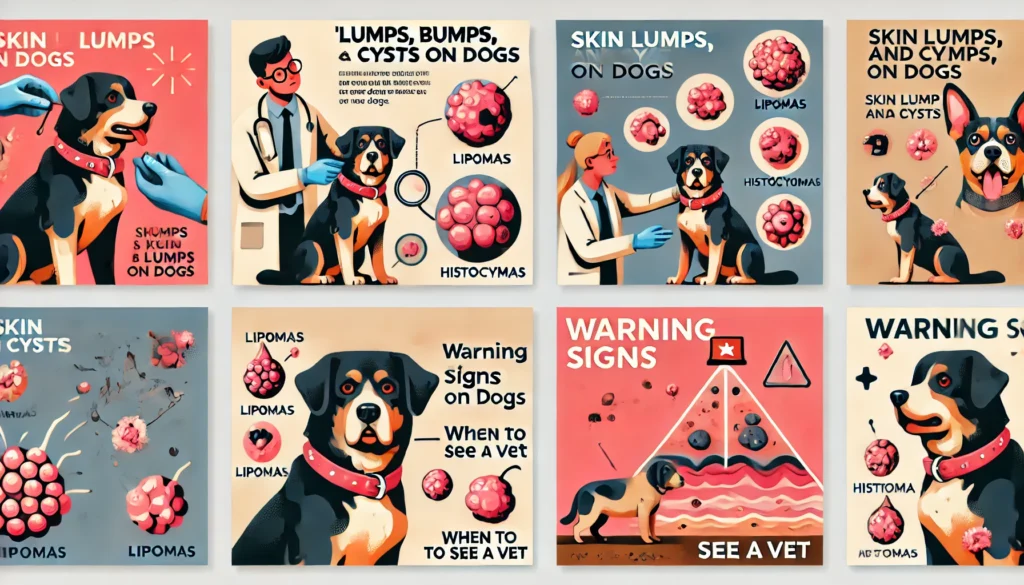
Conclusion
Finding a lump, bump, or cyst on your dog can be an alarming experience, but many of these growths are benign or treatable. Regular check-ups and keeping an eye on any new skin changes are key. If you notice new growths, like a small bump on your dog’s skin or a raised scab on your dog, it’s always best to consult with your veterinarian to determine the appropriate course of action. This proactive approach ensures that your dog stays healthy and happy.

